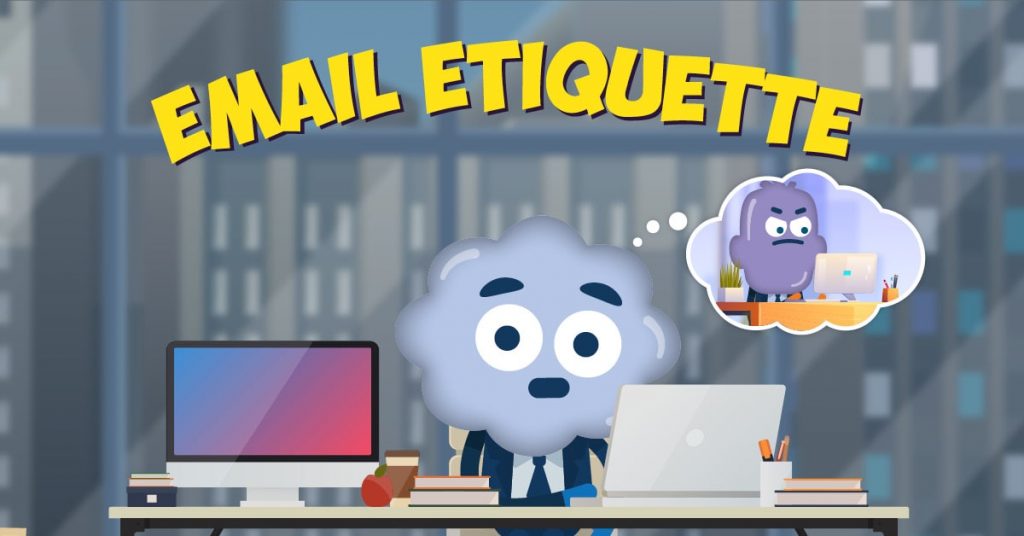
0118861583 - 0731373137

Email Etiquette course
Email Etiquette Course, useful for professionals, students, or anyone looking to improve their communication skills:
1. Understanding Email Etiquette
Importance of professional email communication
When to use email vs. other communication tools (e.g., calls, chat)
2. Email Structure & Formatting
Clear subject lines (concise and informative)
Professional greetings and closings (e.g., “Dear Dr. Smith” / “Best regards”)
Structured body: opening, purpose, details, action required
Use of bullet points or short paragraphs for clarity
3. Tone and Language
Keep tone polite, professional, and neutral
Avoid slang, emojis (in formal emails), or overly casual phrases
Tailor language to the recipient and context
4. Grammar and Proofreading
Always proofread for spelling, grammar, and punctuation
Avoid typos – they can affect credibility
Use tools like Grammarly, but don’t rely solely on them
5. Attachments and Links
Mention attachments in the body (“Please find attached…”)
Name files clearly (e.g., “Resume_JohnDoe.pdf”)
Avoid large files or use cloud links if necessary
6. Replying and Forwarding
Use “Reply All” only when necessary
Be mindful when forwarding – remove sensitive or irrelevant content
Respond within a reasonable time frame (24-48 hours)
7. CC and BCC Usage
CC: keep others informed
BCC: protect privacy, especially in mass emails
Avoid overusing both
8. Signatures
Include a professional signature with name, title, and contact info
Avoid flashy fonts, images, or quotes in formal contexts
9. Managing Tone in Difficult Emails
Stay calm, stick to facts, and avoid emotional language
Use phrases like “I understand your concern” or “Let’s work on a solution”
10. Cultural Sensitivity
Be aware of cultural differences in communication
Use clear and simple English for international recipients